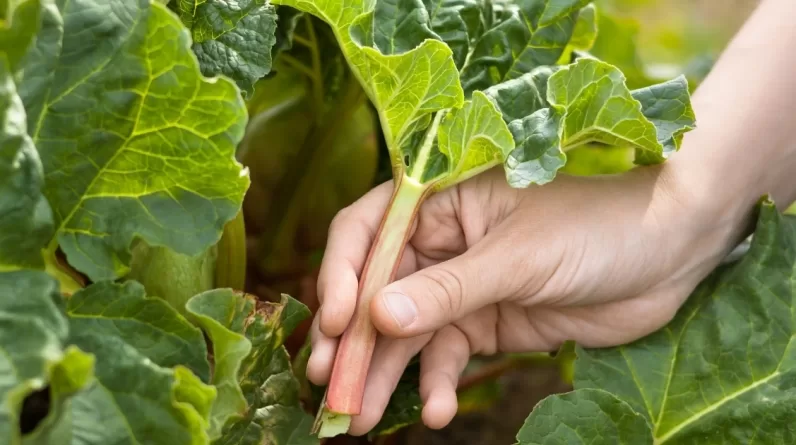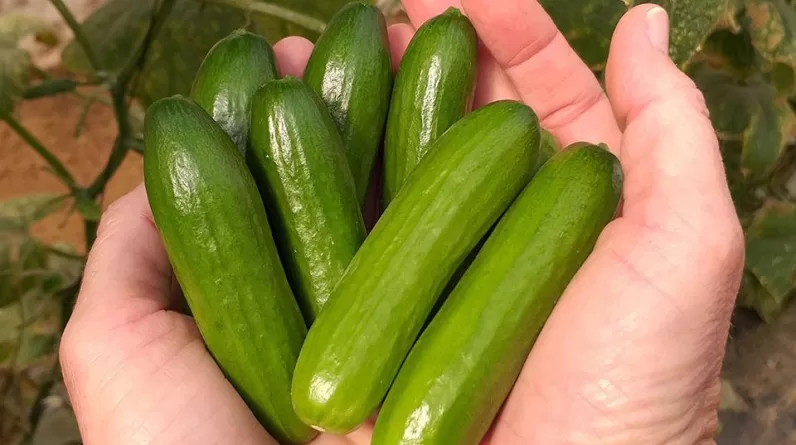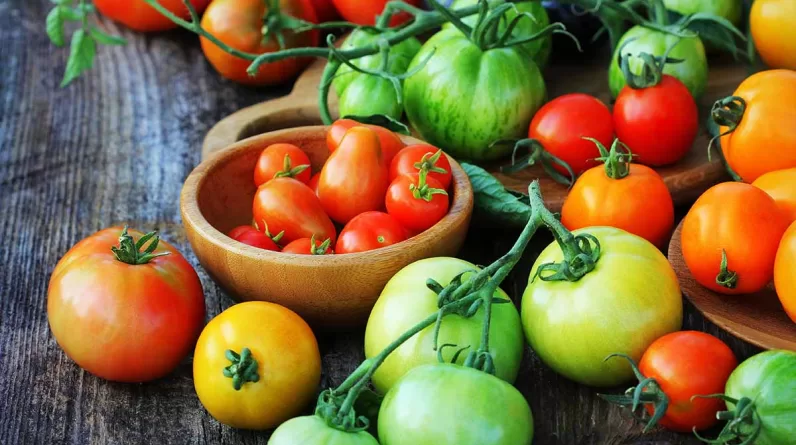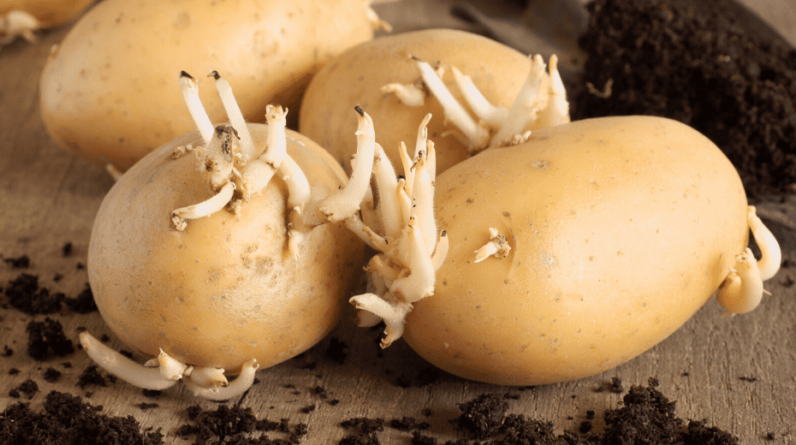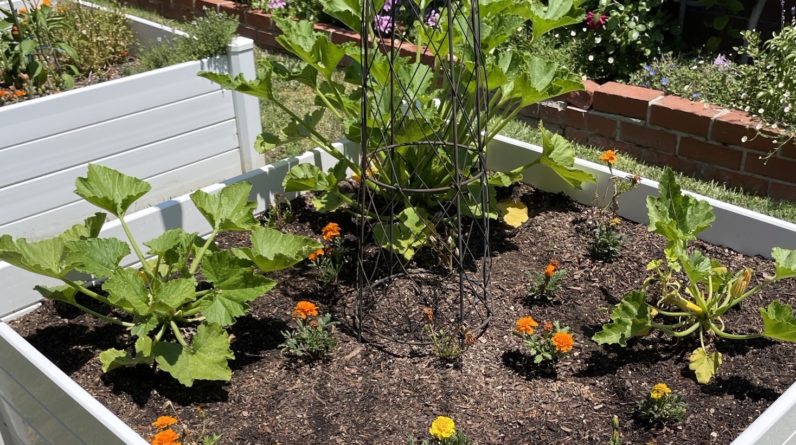
First and foremost, lining your raised bed can help prevent soil erosion. This is particularly important if you live in an area with heavy rainfall or if your raised bed is on a slope. Lining can also help regulate soil temperature, which can be especially beneficial for plants with sensitive roots. Additionally, lining your raised bed can help prevent weeds from growing up through the soil, which can save you time and effort in the long run. Overall, taking the time to properly line your raised bed can make a big difference in the health and productivity of your garden.
Understanding Lining for Raised Garden Beds
When it comes to setting up a raised garden bed, one important consideration is whether or not to line it. Lining your raised garden bed can help to protect it from moisture damage, prevent soil erosion, and keep weeds and pests at bay. However, there are a few things to keep in mind before you start lining your raised garden bed.
First, consider the type of material you want to use for lining your raised garden bed. Some popular options include landscape fabric, weed barrier, plastic sheeting, and even cardboard. Each material has its own benefits and drawbacks, so it’s important to choose the one that best fits your needs.
Next, think about the thickness of the lining material. A thicker lining material will provide better protection against moisture damage and soil erosion, but it may also be more difficult and expensive to work with.
Another important factor to consider is drainage. While lining your raised garden bed can help to prevent soil erosion and moisture damage, it can also interfere with drainage if not done properly. To ensure proper drainage, make sure to poke holes in the lining material or use a material that is permeable.
Finally, keep in mind that lining your raised garden bed is not always necessary. If you have well-draining soil and are not concerned about pests or weeds, you may be able to skip the lining step altogether.
Overall, lining your raised garden bed can be a great way to protect it and improve its longevity. Just make sure to choose the right material, thickness, and ensure proper drainage for best results.
Benefits of Lining Raised Garden Beds
Lining your raised garden beds can provide several benefits that can improve the overall health and productivity of your plants. Here are some of the key benefits of lining raised garden beds:
1. Prevents Soil Erosion
One of the main benefits of lining raised garden beds is that it helps prevent soil erosion. When you water your plants, the water can easily wash away the soil, leaving your plants with less nutrients and support. By lining your raised garden beds, you can prevent this erosion and ensure your plants have a healthy and stable environment to grow in.
2. Reduces Weed Growth
Lining your raised garden beds can also help reduce weed growth. Weeds can be a major problem in gardens, as they can compete with your plants for nutrients and water. By lining your raised garden beds, you can create a barrier that prevents weeds from growing and spreading in your garden.
3. Improves Drainage
Another benefit of lining raised garden beds is that it can improve drainage. If your garden soil is too compact or has poor drainage, it can lead to root rot and other problems for your plants. By lining your raised garden beds with materials like landscape fabric or plastic, you can create a drainage layer that allows excess water to drain away from your plants.
4. Increases Longevity
Finally, lining your raised garden beds can increase their longevity. By preventing soil erosion and reducing weed growth, you can create a healthy and productive environment for your plants that will last for years to come. Additionally, lining your raised garden beds can protect them from damage caused by pests and other environmental factors.
Overall, lining your raised garden beds can provide several benefits that can improve the health and productivity of your plants. By choosing the right materials and techniques, you can create a stable and healthy environment for your garden that will support your plants for years to come.
Types of Lining for Raised Garden Beds
When it comes to lining your raised garden beds, you have two main options: organic and inorganic. Each type of lining has its own benefits and drawbacks, so it’s important to choose the one that will work best for your specific needs.
Organic Lining
Organic lining materials are made from natural materials that will eventually break down over time. This type of lining is ideal if you want a more sustainable option for your raised garden beds. Some common organic lining materials include:
- Straw: Straw is a great option for lining your raised garden beds because it’s lightweight, easy to work with, and will eventually break down and add nutrients to your soil. However, it may not last as long as other types of lining materials.
- Leaves: Leaves are another organic option for lining your raised garden beds. They’re free and readily available in the fall, and they’ll break down over time and add organic matter to your soil. However, they may not be as effective at preventing weeds as other types of lining materials.
- Newspaper: Newspaper is an inexpensive and effective option for lining your raised garden beds. It will help to suppress weeds and retain moisture in your soil. However, it may not be as aesthetically pleasing as other types of lining materials.
Inorganic Lining
Inorganic lining materials are made from non-natural materials that will not break down over time. This type of lining is ideal if you want a more long-lasting option for your raised garden beds. Some common inorganic lining materials include:
- Landscape fabric: Landscape fabric is a popular option for lining raised garden beds because it’s effective at suppressing weeds and retaining moisture in your soil. It’s also relatively inexpensive and easy to work with. However, it may not be as sustainable as other types of lining materials.
- Plastic: Plastic is another option for lining your raised garden beds. It’s effective at retaining moisture in your soil, and it can last for several years. However, it may not be as effective at suppressing weeds as other types of lining materials, and it’s not a sustainable option.
When choosing a lining material for your raised garden beds, it’s important to consider your specific needs and preferences. Organic materials are more sustainable, while inorganic materials are more long-lasting. Whichever option you choose, make sure it’s the right one for you and your garden.
Installation Process for Lining Raised Garden Beds
Preparation
Before you start the installation process for lining your raised garden beds, you need to ensure that you have all the necessary tools and materials. You will need a measuring tape, scissors, a utility knife, a staple gun, and the lining material of your choice. Popular lining materials include landscape fabric, cardboard, or plastic.
Start by measuring the length and width of your garden bed. Add an additional 6 inches to each measurement to ensure that the lining material can cover the sides of the garden bed.
Laying the Lining
Once you have measured and cut the lining material to the appropriate size, lay it inside the garden bed. If you are using landscape fabric or cardboard, ensure that it covers the entire bottom of the bed. If you are using plastic, make sure that it covers the bottom and sides of the bed.
Secure the lining material to the garden bed by stapling it to the sides of the bed. Be sure to staple the material at regular intervals to ensure that it stays in place.
Maintenance Tips
To ensure that your lining material lasts as long as possible, it is important to take care of it. Avoid using sharp tools on the lining material as this can cause tears and holes. Additionally, avoid dragging heavy items across the lining material as this can cause it to stretch and tear.
If you notice any tears or holes in the lining material, patch them up as soon as possible to prevent any weeds or pests from entering your garden bed.
By following these simple steps, you can easily line your raised garden beds and ensure that your plants grow in a healthy environment.
Common Mistakes to Avoid While Lining Raised Garden Beds
When it comes to lining a raised garden bed, there are a few common mistakes that you should avoid to ensure your garden bed is successful. Here are some of the most important things to keep in mind:
Not Using a Barrier
One of the biggest mistakes you can make when lining your raised garden bed is not using a barrier. A barrier is essential to prevent weeds and grass from growing up through the soil and taking over your garden. Without a barrier, your plants will have to compete for nutrients and water, which can lead to stunted growth or even death.
Using the Wrong Material
Another mistake is using the wrong material for your garden bed lining. While there are many different materials you can use, some are better than others. For example, plastic can trap moisture and cause root rot, while untreated wood can rot and release harmful chemicals into the soil. It’s important to research and choose a material that will work best for your specific needs.
Not Securing the Lining
If you don’t secure your garden bed lining properly, it can shift and move around, causing problems with soil erosion and water retention. Make sure to secure your lining firmly in place, using staples, stakes, or other materials as necessary.
Not Allowing for Drainage
Finally, it’s important to make sure your garden bed lining allows for proper drainage. If water is trapped in the soil, it can lead to root rot and other problems. Make sure to create drainage holes or slits in your lining, or choose a material that allows water to pass through easily.
By avoiding these common mistakes, you can ensure that your raised garden bed is healthy and productive.
Conclusion
In conclusion, choosing the right lining material for your raised garden bed is crucial for the health of your plants and the longevity of your bed. The material you choose should be able to retain moisture, prevent soil erosion, and be durable enough to withstand the elements.
After considering the various options available, it is evident that there is no one-size-fits-all solution. Each material has its own advantages and disadvantages, and it ultimately comes down to your personal preference and gardening needs.
If you are looking for an affordable option, landscaping fabric or newspaper can be a good choice. However, if you are looking for a more durable and long-lasting option, geotextile fabric or corrugated metal can be a better option.
Remember to consider the size of your garden bed, the type of soil you are using, and the climate in your area when choosing a lining material. With the right lining material, you can ensure that your raised garden bed will provide a healthy and productive environment for your plants for years to come.

